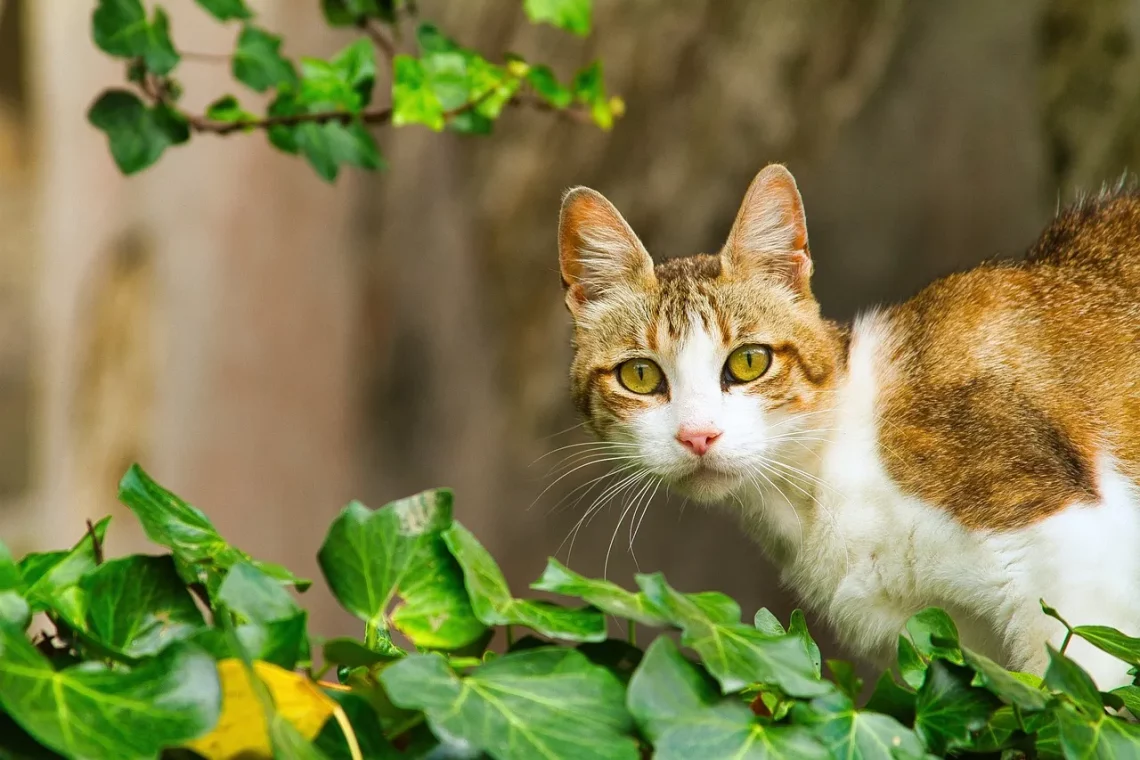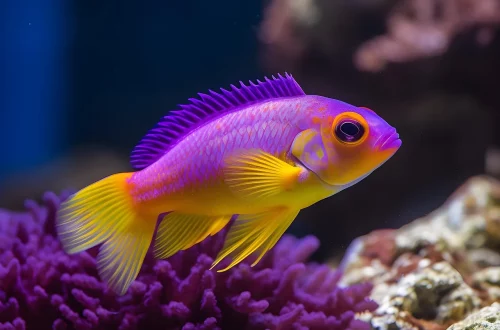
Recognizing Feline Parvovirus Symptoms: A Guide for Cat Owners
Feline parvovirus, often referred to as feline panleukopenia, is a serious viral infection that poses a significant risk to cats of all ages, particularly kittens. This highly contagious disease can lead to severe health complications, and recognizing its symptoms early is crucial for effective intervention. Unlike canine parvovirus, which primarily affects dogs, feline parvovirus has its distinct characteristics and clinical presentations that every cat owner should be aware of. Understanding the nature of this virus and the potential symptoms can empower pet owners to act swiftly in seeking veterinary care, potentially saving their pet’s life.
Feline parvovirus is resilient in the environment, making it easy for cats to contract the virus, especially in multi-cat households or shelters. The virus attacks rapidly dividing cells, particularly in the bone marrow and the intestinal lining, leading to a variety of health issues. Given its high mortality rate in unvaccinated cats, awareness and education about the disease are paramount. This guide aims to provide a comprehensive overview of the symptoms associated with feline parvovirus, as well as the steps cat owners can take to protect their furry companions.
Common Symptoms of Feline Parvovirus
Recognizing the common symptoms of feline parvovirus is vital for early diagnosis and treatment. One of the hallmark signs of this illness is severe gastrointestinal distress. Affected cats may experience vomiting that is often profuse and persistent. Along with vomiting, diarrhea is another common symptom, which may be watery and can sometimes contain blood. This combination of vomiting and diarrhea can lead to rapid dehydration, which is a significant concern for the health of the cat.
In addition to gastrointestinal symptoms, cat owners may notice lethargy and a lack of appetite in their pets. A cat that is usually playful and active may suddenly become withdrawn and inactive. This drastic change in behavior is often a response to the body’s struggle against the virus. Fever is another symptom that may accompany these signs, indicating the body’s immune response to the infection.
Kittens are particularly vulnerable to feline parvovirus, and the symptoms may appear more severe in younger cats. It’s also important to note that some cats might exhibit no symptoms at all, especially in the early stages of infection. This asymptomatic phase can make it challenging for owners to identify the presence of the virus, underlining the importance of regular veterinary check-ups and vaccinations.
The timeline for the appearance of symptoms can vary, but typically, symptoms develop within 3 to 7 days after exposure to the virus. During this time, cat owners should remain vigilant and monitor their pets for any changes in behavior or health. If any symptoms are observed, it is crucial to seek veterinary care immediately, as prompt treatment can significantly improve the likelihood of recovery.
Diagnosis and Treatment Options
When a cat presents symptoms consistent with feline parvovirus, a veterinarian will typically conduct a thorough examination to confirm the diagnosis. The process may include a physical examination, blood tests, and possibly fecal testing to detect the virus. Blood tests are particularly useful as they can reveal a decrease in white blood cells, which is indicative of the virus’s impact on the immune system.
Once diagnosed, the treatment for feline parvovirus primarily focuses on supportive care. There is no specific antiviral medication to eliminate the virus from the cat’s system, so the goal is to manage symptoms and prevent complications. This often involves hospitalization, especially for severe cases where dehydration is a concern.
Intravenous (IV) fluids are commonly administered to combat dehydration and restore electrolyte balance. In addition to fluids, anti-nausea medications may be given to help control vomiting, and antibiotics might be prescribed to prevent or treat secondary bacterial infections that can arise due to the compromised immune system.
Nutrition is also a critical aspect of treatment. Cats are often reluctant to eat during illness, so veterinarians may recommend appetite stimulants or provide specialized diets to encourage food intake. In some cases, feeding tubes may be necessary to ensure that the cat receives adequate nutrition.
The prognosis for cats with feline parvovirus largely depends on the timeliness of treatment and the severity of symptoms. While some cats can recover with proper care, the disease can be fatal, particularly in young or unvaccinated animals. Therefore, early detection and intervention are paramount.
Preventative Measures and Vaccination
Preventing feline parvovirus is significantly more effective than treating it after infection. Vaccination plays a crucial role in safeguarding cats from this potentially deadly virus. The feline panleukopenia vaccine is typically included in routine vaccinations for kittens and adult cats. It is essential to keep up with vaccination schedules to ensure ongoing protection.
In addition to vaccination, maintaining a clean and hygienic environment is vital, especially in multi-cat households or shelters. Regularly disinfecting surfaces and litter boxes can help reduce the risk of virus transmission. It is also important to be cautious about introducing new animals into a household, as unknown health histories can pose a risk to resident cats.
Monitoring the health of your cat is another critical preventative measure. Regular veterinary check-ups can help catch any health issues early, and being aware of your cat’s behavior can alert you to potential problems. If a cat shows signs of illness, especially after exposure to other cats, it is essential to consult with a veterinarian promptly.
In summary, feline parvovirus is a serious health threat to cats, but with proper vaccination and hygiene practices, the risks can be significantly mitigated. Awareness of symptoms and early intervention can make a substantial difference in outcomes for affected cats.
**Disclaimer:** This article is not intended as medical advice. For any health concerns regarding your pet, please consult a qualified veterinarian.




